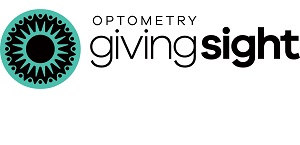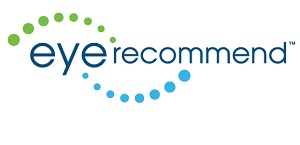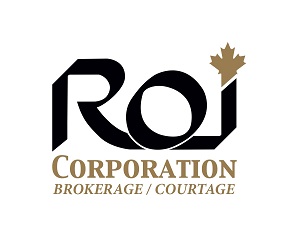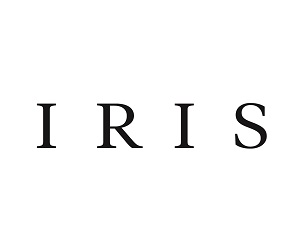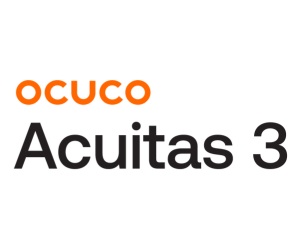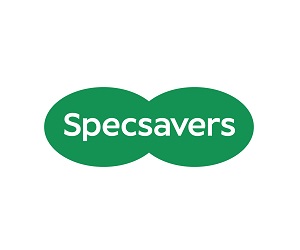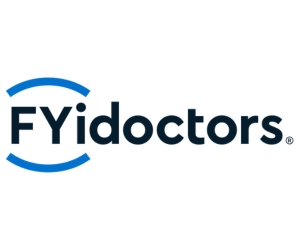
Budgeting isn’t always a welcome topic—whether in family finances or in business operations. In a full-scope optometric practice, however, it is essential.
While most people agree it’s wise to live within your means, the idea of putting numbers to paper and tracking them often meets hesitation.
Why a Budget Matters
A well-structured budget provides greater control and visibility over a clinic’s financial health. Metrics such as revenue per patient, cost of goods sold (COGS), and operating expenses become easier to monitor, allowing for more informed and timely decisions.
Budgeting also identifies areas where spending can be optimized without compromising care standards.
In addition to enhancing day-to-day operations, a comprehensive budget supports strategic planning. Practice owners can evaluate the financial feasibility of new equipment purchases, expanding staff, or opening additional locations. Understanding financial capacity enables more confident and sustainable growth.
Effective budgeting also promotes healthier cash flow. By anticipating fluctuations in patient volume, timing of insurance reimbursements, and seasonal inventory needs, practice owners can avoid financial disruptions and maintain steady operations year-round.
Revenue Forecasting
Forecasting revenue begins with a review of historical data and patient visit patterns. Seasonal variations in patient flow, insurance reimbursement cycles, and optical retail trends should all be considered. Revenue projections should also account for optical sales performance and local market dynamics.
At our clinic, we further refine this process by forecasting income across each specialty service—such as Vision Therapy, Myopia Management, Dry Eye, AMD Wellness, and Low Vision. This segmented approach provides more granular insight into what’s driving growth and where to allocate resources.
Managing Expenses
A clear view of fixed and variable costs is critical to effective budgeting. Fixed costs—including rent, utilities, equipment leases, and base salaries—remain relatively stable. Variable expenses, such as supplies, commissions, and part-time staffing, fluctuate with patient volume and service demand. Operating costs, including marketing, continuing education, and office maintenance, should be monitored and adjusted as needed.
Technology investments, such as diagnostic equipment and cloud-based software subscriptions, also require strategic allocation within the budget. Ensuring these expenditures align with practice goals helps maximize their return on investment.
Inventory Oversight
Inventory management is a key area where budgeting and operational efficiency intersect.
Tracking frame and contact lens turnover rates helps avoid overstocking. Setting par levels for frequently used supplies can minimize waste. Monitoring expiry dates on perishable products—like diagnostic strips or eye drops—is essential for compliance and cost control.
Periodic reviews of product mix performance inform smarter purchasing decisions.
Setting Up and Monitoring a Budget
Creating an effective budget begins with setting realistic monthly revenue targets based on historical performance and growth goals. Expense categories should be clearly defined, and allocation limits set for each. Establishing a cash reserve can provide a buffer during slower periods. Investment priorities—such as new technology, staff training, or marketing—should be clearly outlined.
In our practice, budget performance is reviewed regularly. During weekly leadership meetings, we compare actual results with projections, identify discrepancies, and investigate the underlying causes. This allows us to adjust spending or recalibrate forecasts as needed. Ongoing market analysis ensures the budget remains responsive to industry changes.
Technology Tools
Modern practice management tools can simplify financial oversight. Software platforms for revenue tracking, inventory management, and electronic health records (EHR) analytics provide real-time insights. Cloud-based accounting systems help streamline financial reporting and budget monitoring.
Engaging the Team
Team engagement can improve budget adherence and efficiency. Sharing relevant financial goals and KPIs with staff fosters a culture of accountability. Providing basic financial literacy and performance training enables employees to better understand their role in achieving those targets. Incentive programs tied to budget milestones can further motivate the team.
Reviewing and Adapting
Regular financial reviews are essential. Monthly check-ins, quarterly assessments, and annual budget revisions help keep the financial plan on track. When needed, consulting with professional financial advisors can offer a fresh perspective and strengthen the budgeting process.
Risk Planning
An effective budget also incorporates risk management. Maintaining emergency funds, reviewing insurance coverage, and planning for equipment replacement are all essential. Budgeting with economic variability in mind ensures resilience during uncertain times.
Strategic budgeting is more than just expense tracking—it’s a foundation for operational stability and sustainable growth. By implementing these practices, optometric clinic owners can make better-informed decisions, optimize their resources, and continue delivering high-quality patient care.
A well-managed budget not only supports business performance, it enables visionaries in eyecare to lead with confidence in a competitive landscape.

DR. TREVOR MIRANDA
Dr. Miranda is a partner in a multi-doctor, five-location practice on Vancouver Island.
He is a strong advocate for true Independent Optometry.
As a serial entrepreneur, Trevor is constantly testing different patient care and business models at his various locations. Many of these have turned out to be quite successful, to the point where many of his colleagues have adopted them into their own practices. His latest project is the Optometry Unleashed podcast.






